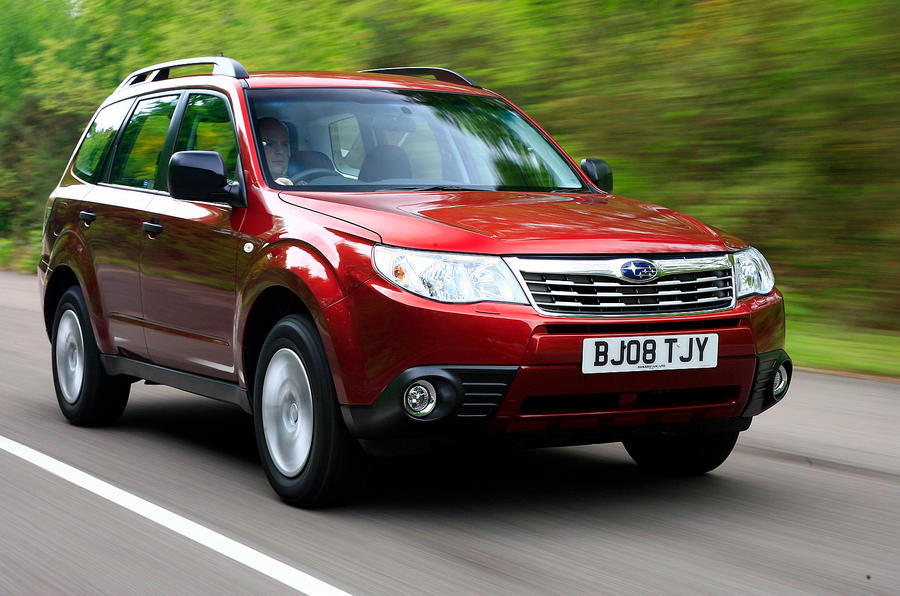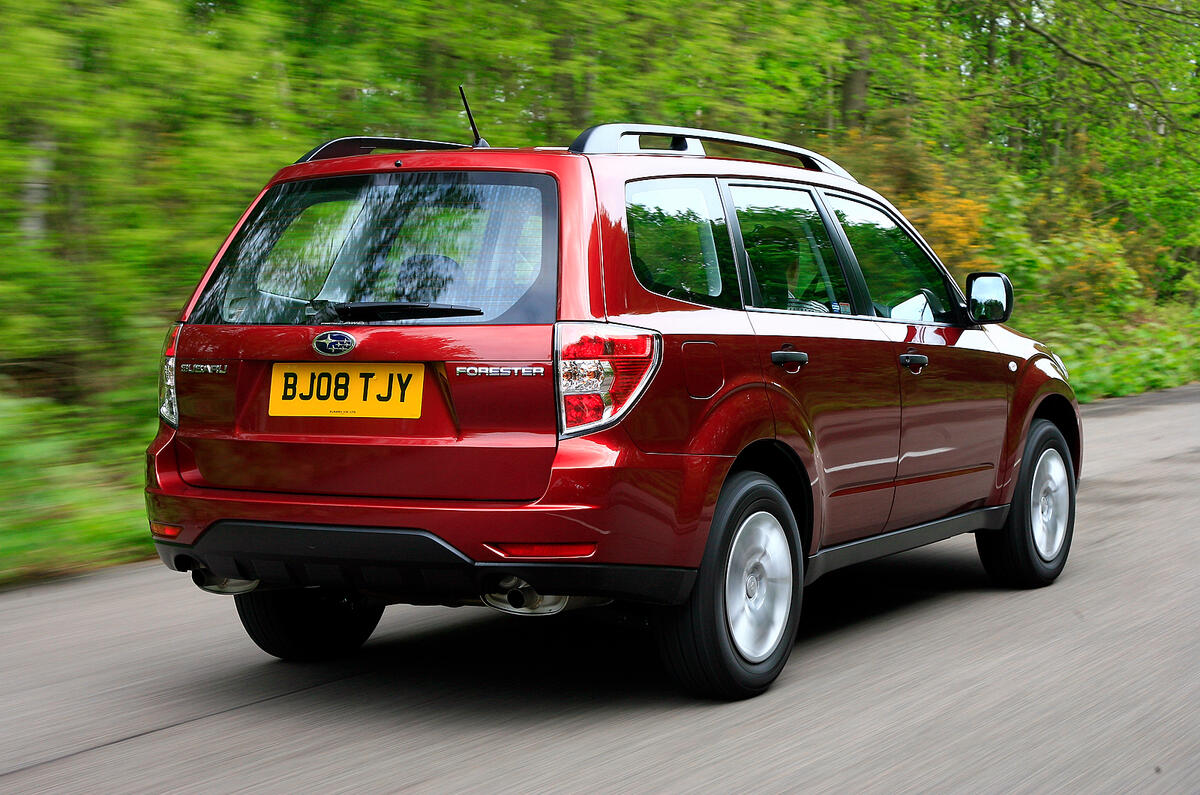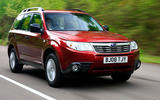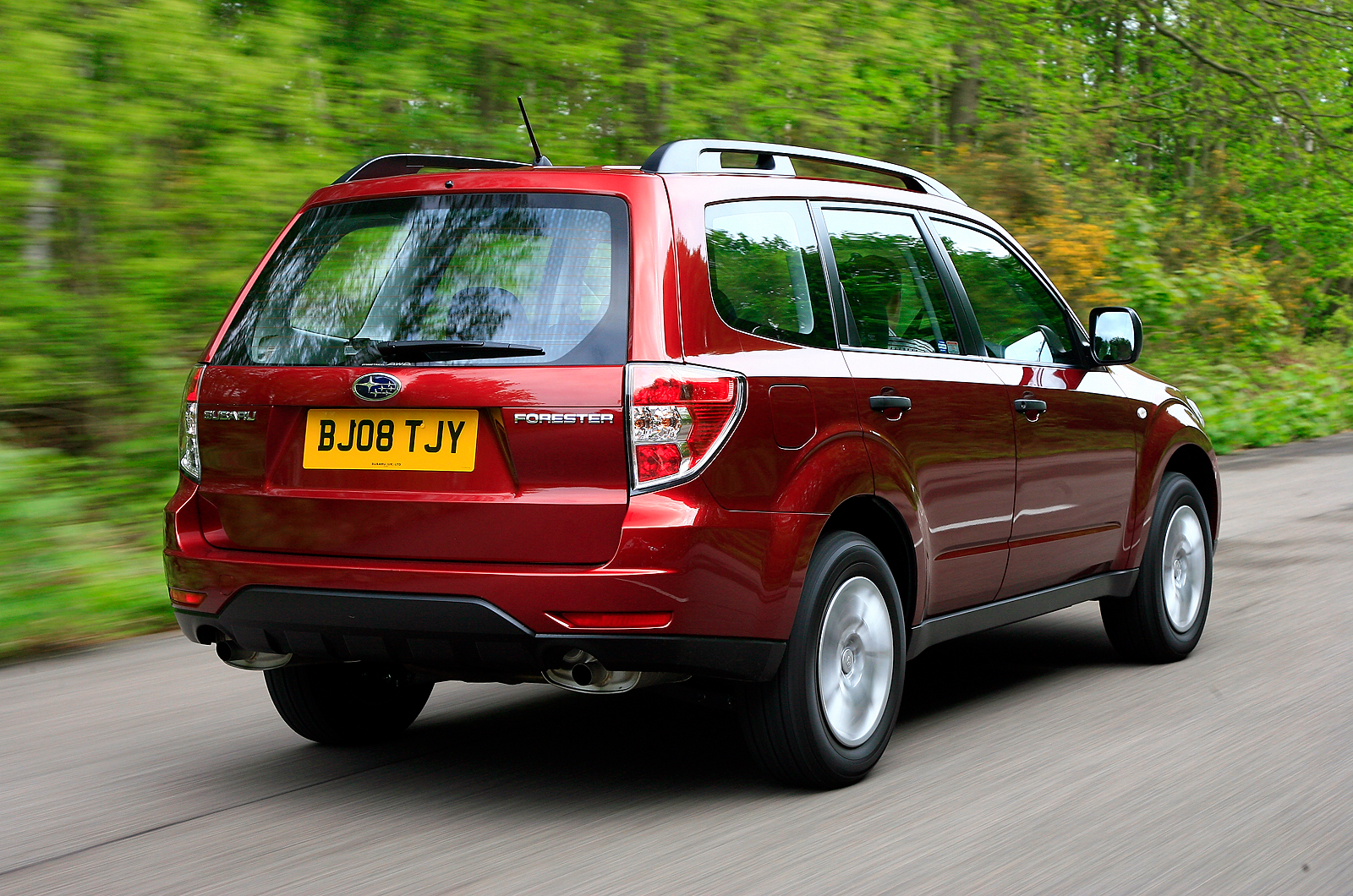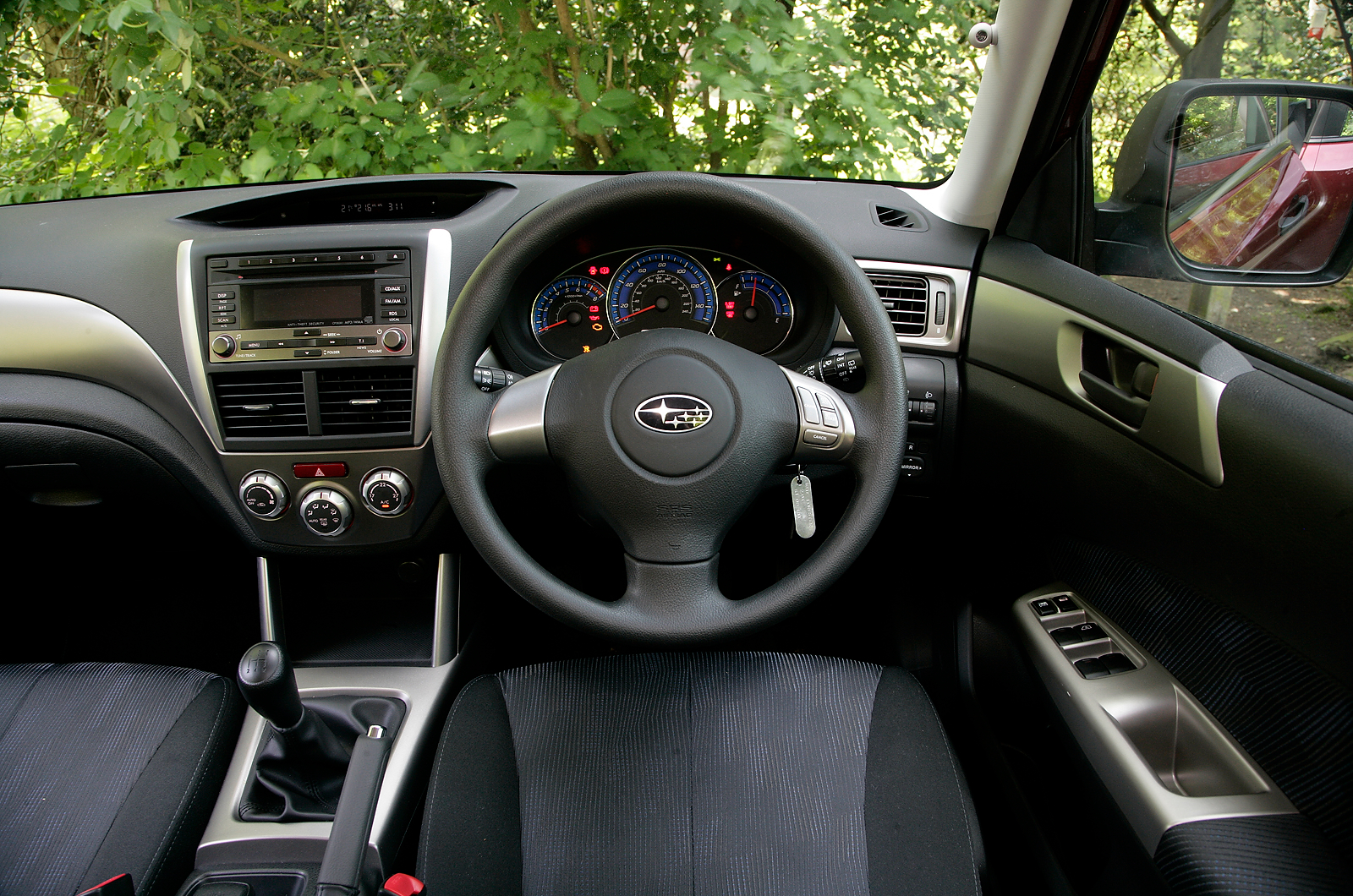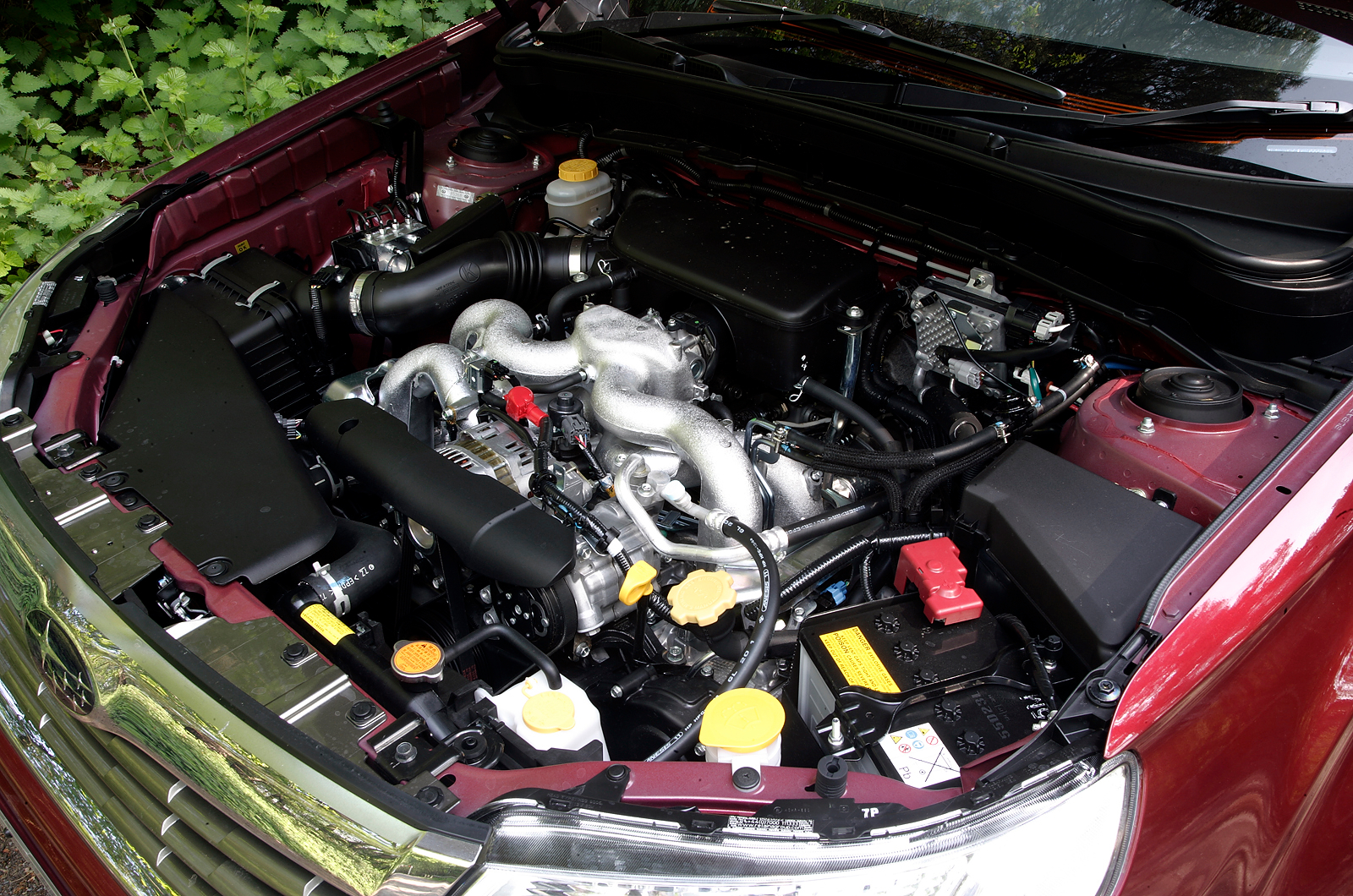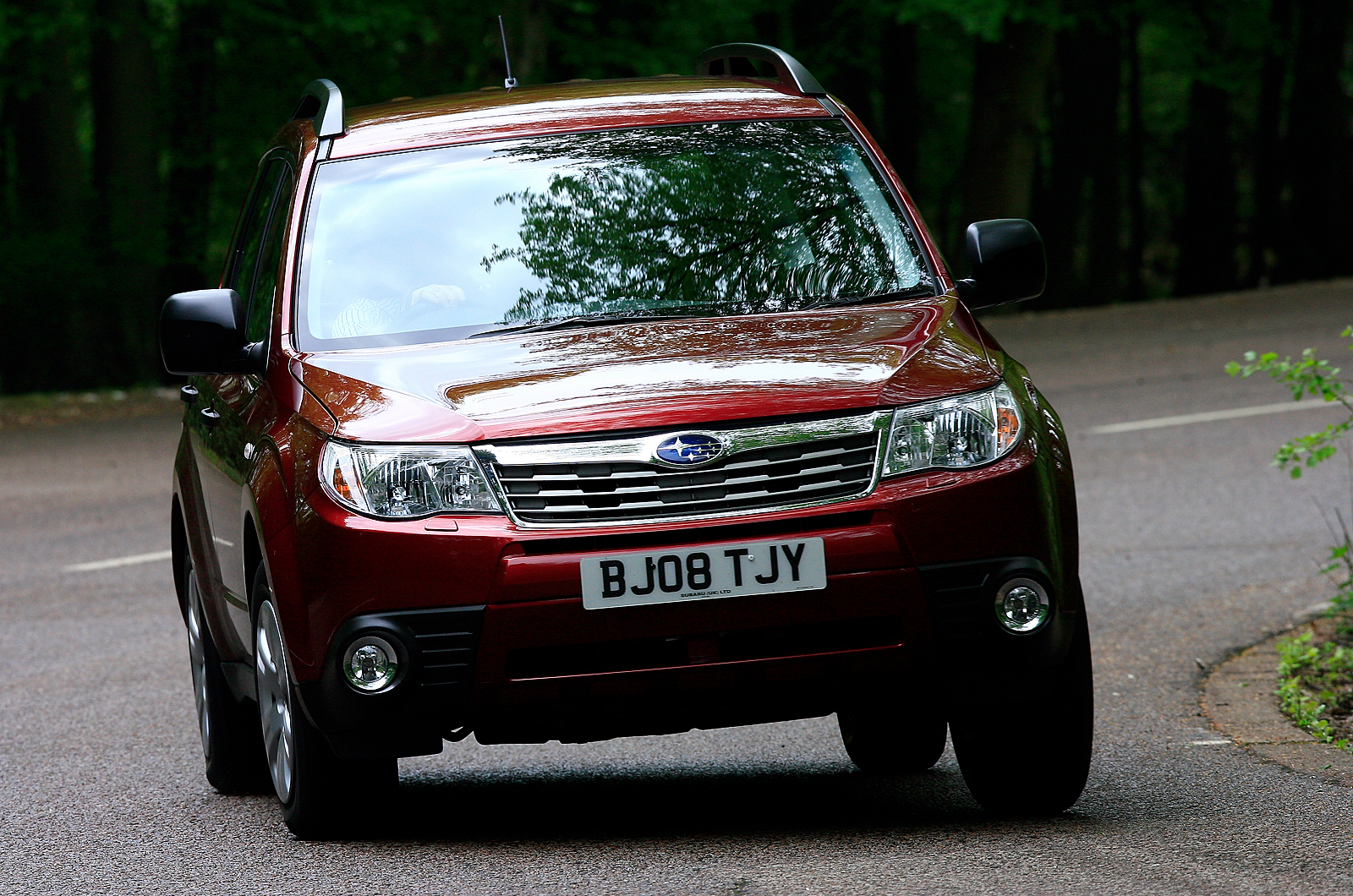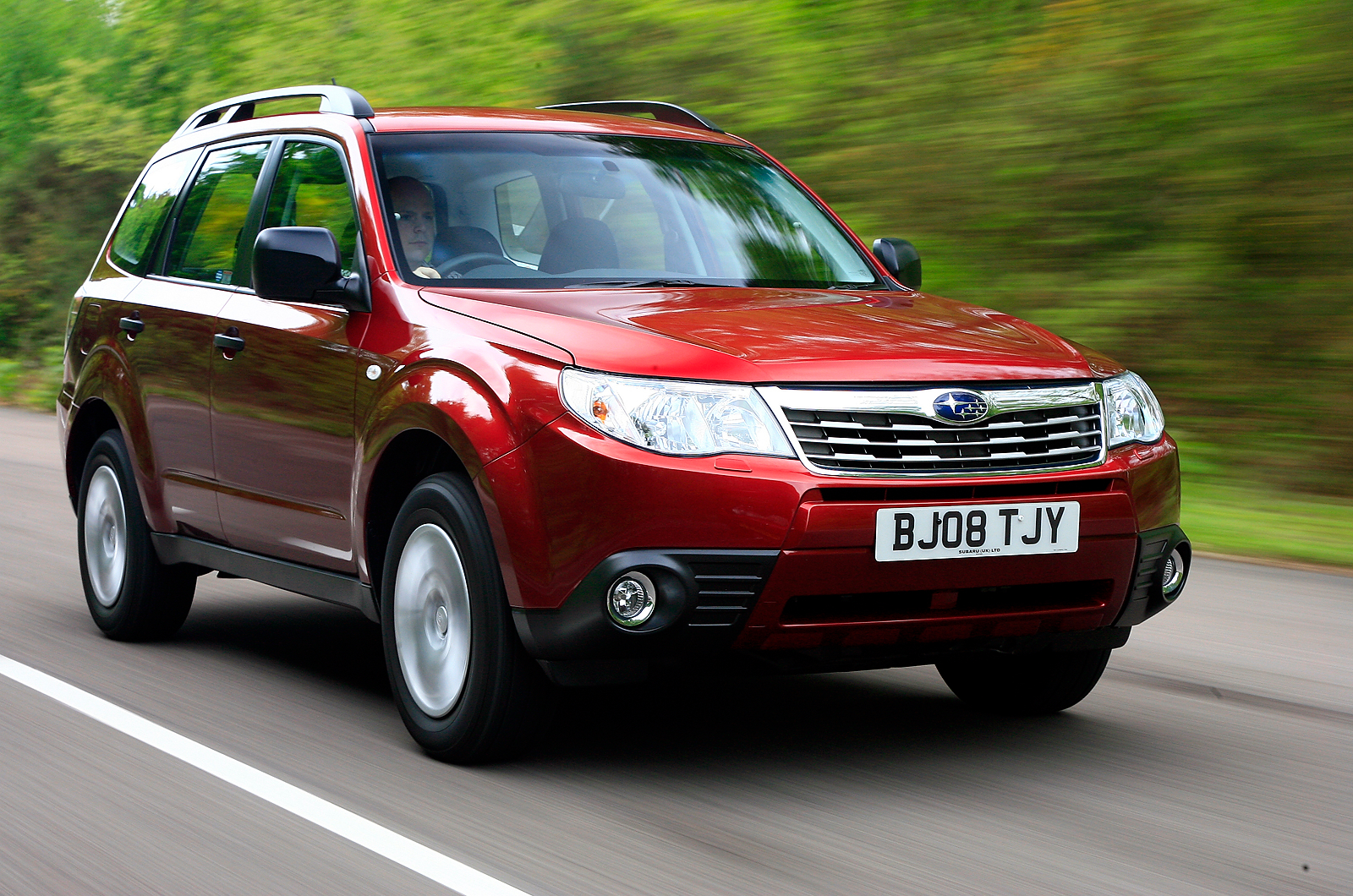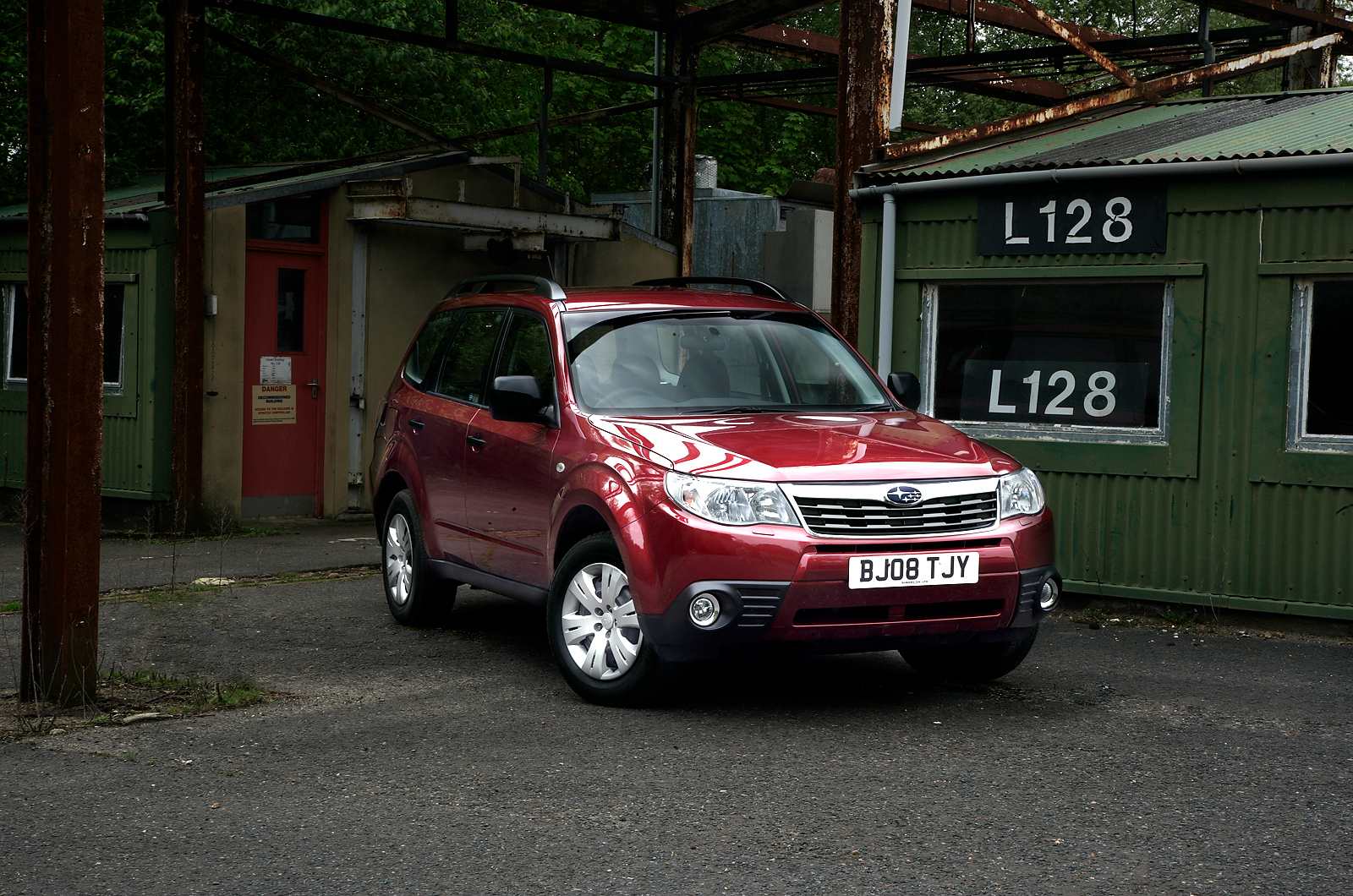Some have described the Subaru Forester as the original soft-roader. But the first version that arrived in the UK in 1997 was really more a utilitarian workhorse. In essence it was an Impreza with a larger estate body and raised ground clearance. Mk2 arrived in 2003, together with a raft of zippy turbocharged models (first and second generation), including some nutty STi versions that were sadly never officially imported into the UK.
When Subarus first arrived in the UK in 1977 there were no dealerships, so the first cars were sold alongside farm machinery. This, coupled with universal four-wheel drivetrains and the generally rugged nature of its products, soon led to Subaru’s reputation as a favourite of those who made their living from the land.
In more recent years, Subaru’s rallying exploits took its road cars to a much wider, more performance-oriented audience, but the new Forester is evidence that the old Subaru values of solid, no-nonsense engineering remain.
So while the longer, taller new Forester is closer than ever to the small SUV norm, it still sets itself apart from rivals such as the Honda CR-V or Ford Kuga. The Forester not only avoids the glam detailing that covers most other soft-roaders but also sticks to traditional 4x4 spec. The question is, will its plain-speaking ruggedness tempt buyers away from more glamorous SUVs? And does enough off-road estate DNA remain to keep owners of the current model happy?
Subaru still perseveres with a boxer-engined petrol model in X and XS trim, but it’s the boxer diesel that most buyers go for, in either X, XC or XS NavPlus.



